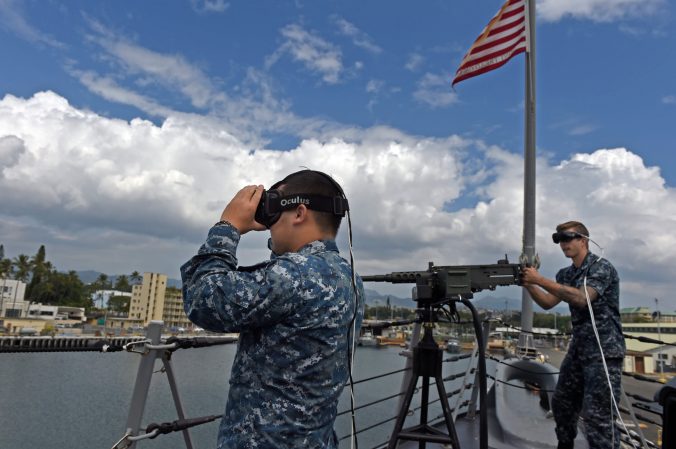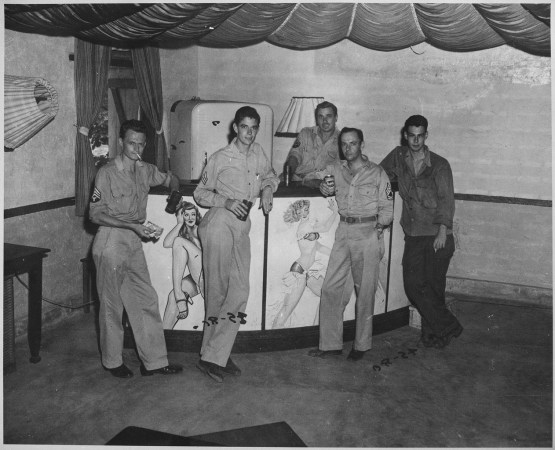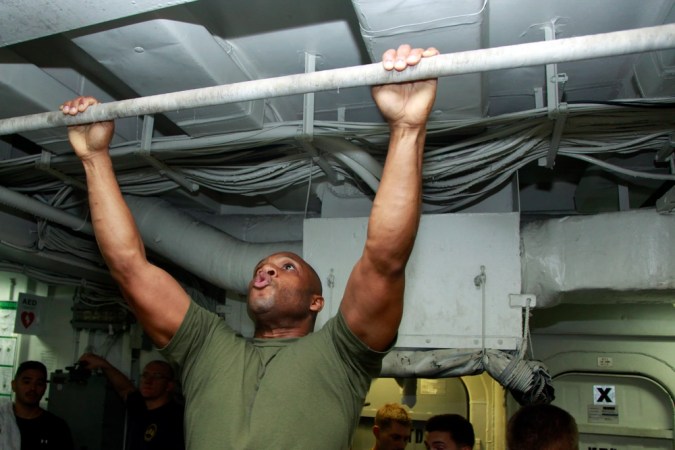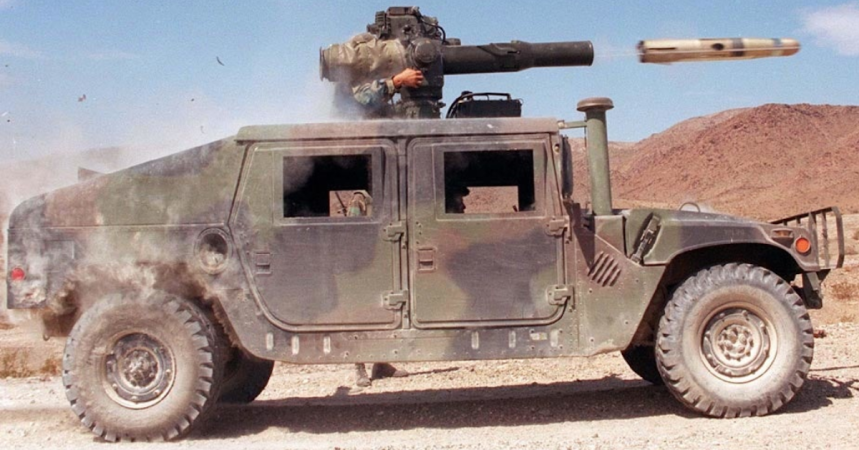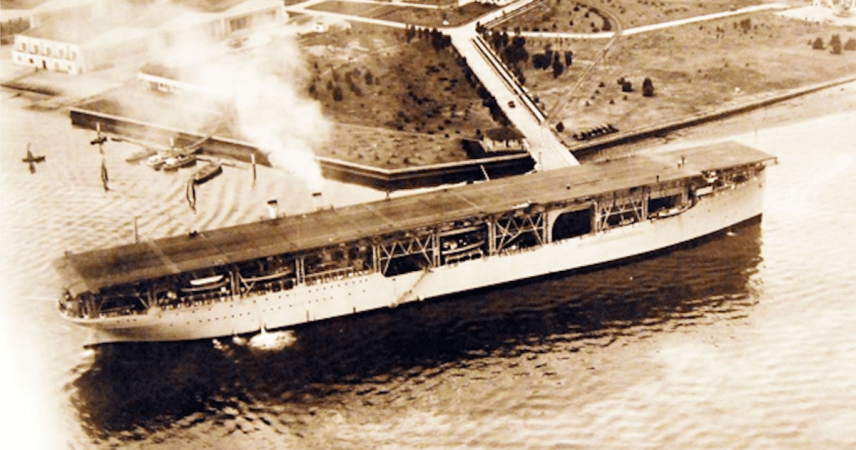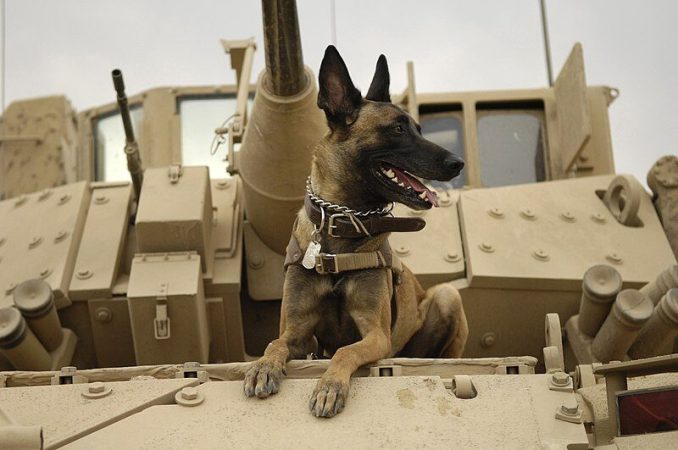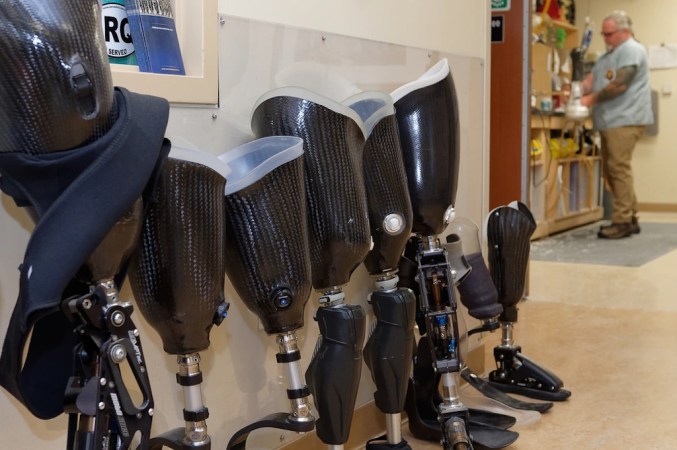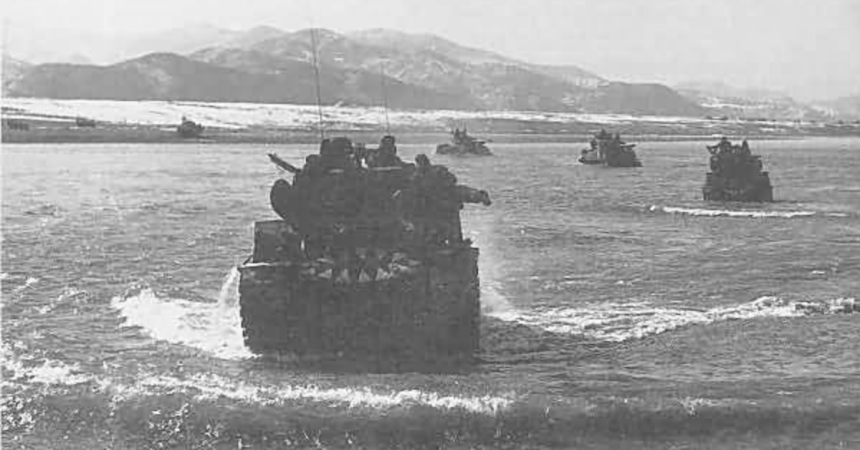Audiences must have marveled at what they were witnessing when the world’s earliest hovercraft sailed out throughout the blustery English Channel in 1959. Like a ship, a hovercraft glides on water but again moves through the air like aircraft. Their main goal is to be able to glide effortlessly over water, land, air, or ice. This makes it ideal for navigating around some of the world’s most remote locations, where standard boats can’t dock and flights can’t land. The one-of-a-kind and amazing transportation vehicle has sparked a flurry of inquiries about how the technology behind it works.
The hovercraft, which combines the characteristics of land, water, and air vessel, retains a cushion of air beneath itself while floating along on top of the same air. The vessel’s air cushion keeps it high over waves and ground obstacles, making it extremely amphibious. That’s why military hovercrafts are usually used during amphibious operations. These vessels come in various sizes and shapes as there is no standard layout for the exterior design. There is no terrain in which hovercrafts cannot survive, from sand and mud to floodplains and swamps.

How the vessel works
At first glimpse, a hovercraft may appear to operate similarly to a helicopter. The dissimilarity between the two is in the balance mechanism. Both throw air down beneath themselves and ride on it. A helicopter utilizes its own weight to balance, whereas a hovercraft uses a more straightforward and more economical way, using less energy and fuel from the engine. The hovercraft engine propels both a huge central fan facing down and smaller fans pointing rearward. The central fan provides an uplift to keep the vessel afloat the waves, while the other fans move it forward, rearward, or sideways. Hovercrafts use rubber skirts to trap the air used in keeping them afloat.
Hovercrafts can endure different weights, depending on their sizes. However, it was discovered that larger hovercrafts provide better efficiency compared to smaller ones. This is because a large hovercraft can use a similar-sized fan as a smaller one. You might have seen large hovercrafts being used to rescue thousands of people from a wrecked ship or ferry. Such a hovercraft uses less energy than smaller ones to rescue smaller boats.

What happens if the craft is punctured?
The most remarkable feature of hovercrafts is that their airbags can automatically repair themselves. An authentic airbag is separated into numerous self-sufficient airbag segments, and an airbag barrier is further placed within every airbag section and separates the airbag segment into an internal airbag body and an exterior airbag body. Every one of the medial and lateral airbag bodies has an inflation valve. The inflation valves on the exterior edges of the airbag bodies are utilized for inflation in the preliminary and operational states, and the airbag membranes get adjacent to the interior lining of the airbag bodies. When the outside wall of a certain airbag portion is accidentally scraped and penetrated while navigating a hovercraft, the air pressure of that airbag section is reduced.
When the outer wall of a specific airbag section is scratched and pierced accidentally during hovercraft navigation, the compressed air of the inflator segment is suddenly reduced; a pressure gauge activates, and the inflation valve on the interior side of the airbag segment is immediately pulled for adaptive inflation. The airbag layer is compelled by air circulation to rapidly get nearer to the external perimeter of the airbag section and is firmly squeezed onto the external wall of the previous inflated airbag section. At the same time, the hovercraft’s maritime safety and self-rescue capabilities have been substantially enhanced. This is basically how hovercraft technology is designed not to puncture.





